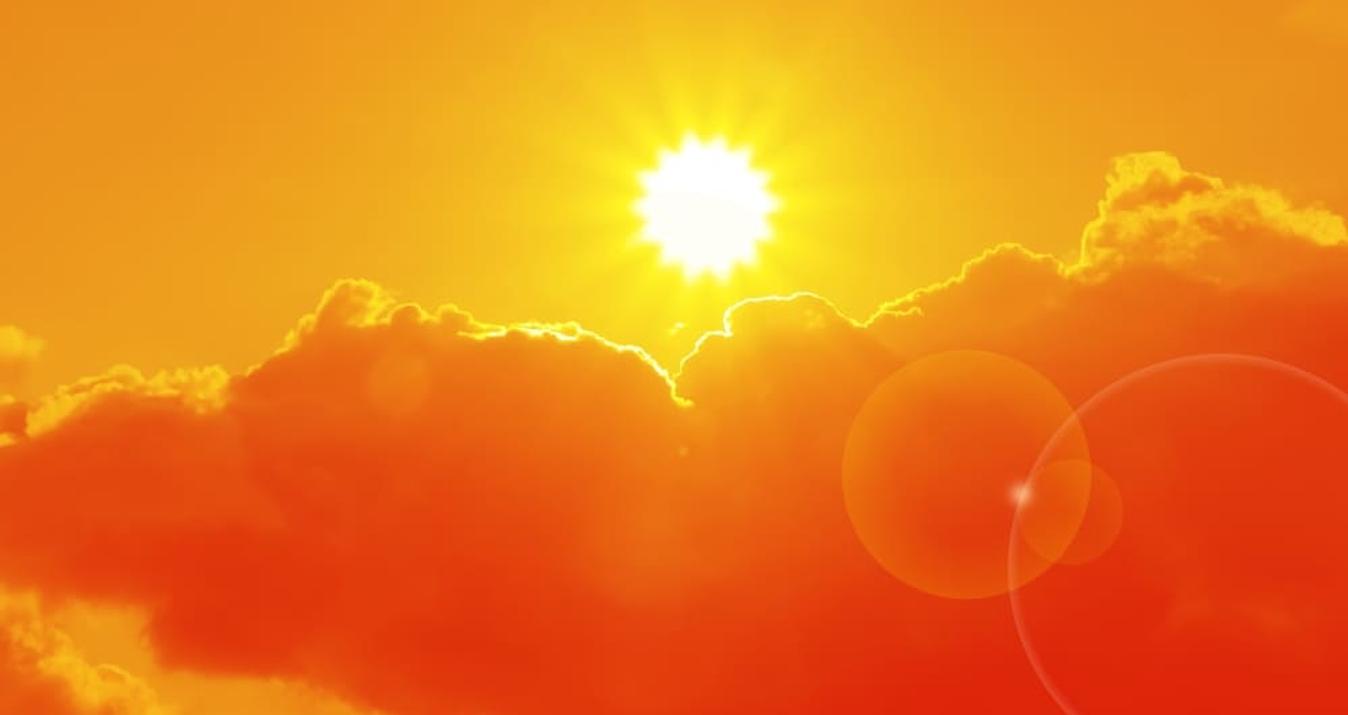7 Tips for Shooting Long Exposure Daytime Photography
November 15, 2023
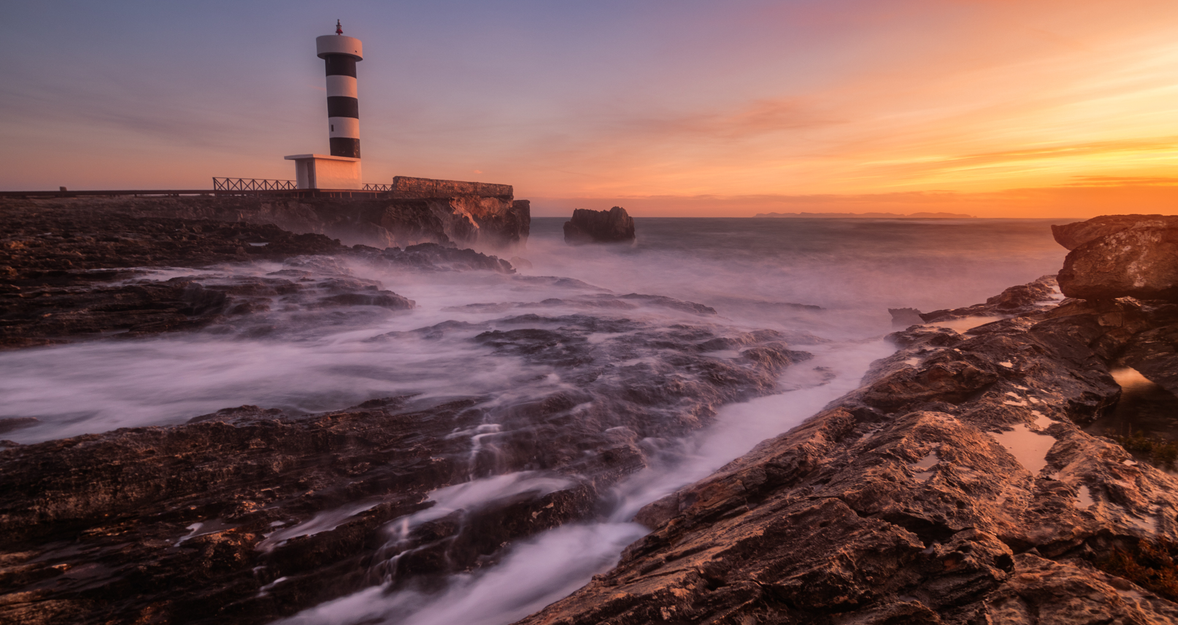
Long exposure daytime photography offers a fascinating window to explore the interplay between natural light and time. From the silky cascade of a flowing stream to the soft trail of clouds in the sky, this technique allows us to capture unique moments and transform everyday scenes into spectacular photographs.
Here are some tips for perfecting your skills in this captivating art.
1. Sturdy Tripod
Stability is key in long exposure photography. A sturdy tripod is your best friend, as it allows you to keep your camera still during extended shooting time. Be sure to choose a sturdy tripod that can safely support your equipment.
2. Manual Exposure Control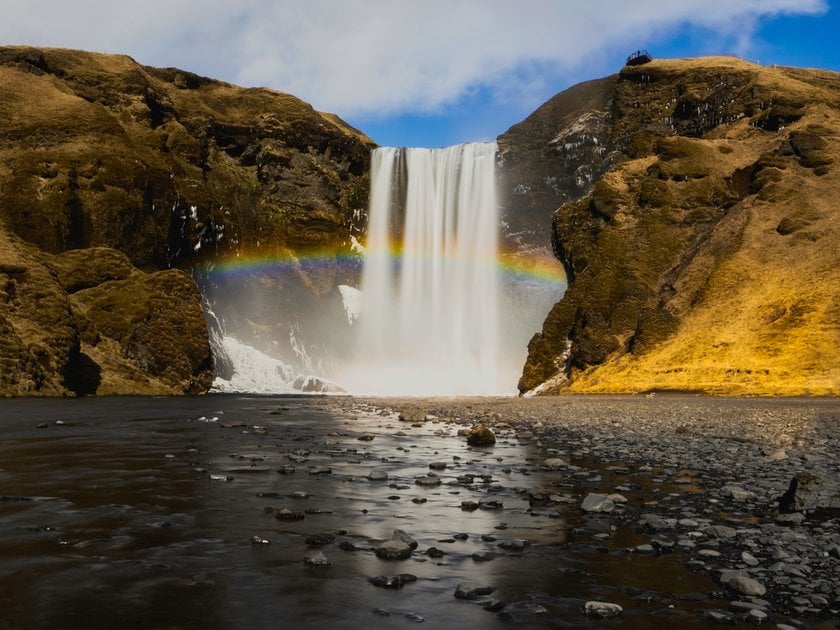
Mastering your camera's manual settings is essential. Experiment with shutter speed to determine how much exposure time you need. Adjust the aperture to control the amount of light coming in and use a low ISO sensitivity to maintain image quality.
3. Neutral Density Filters
Include neutral density filters in your equipment to expand your creative possibilities. These filters reduce the amount of light reaching the sensor, allowing you to extend exposure time further. Use them to soften and enhance water in rivers, lakes, or waterfalls or to create ethereal effects in moving clouds
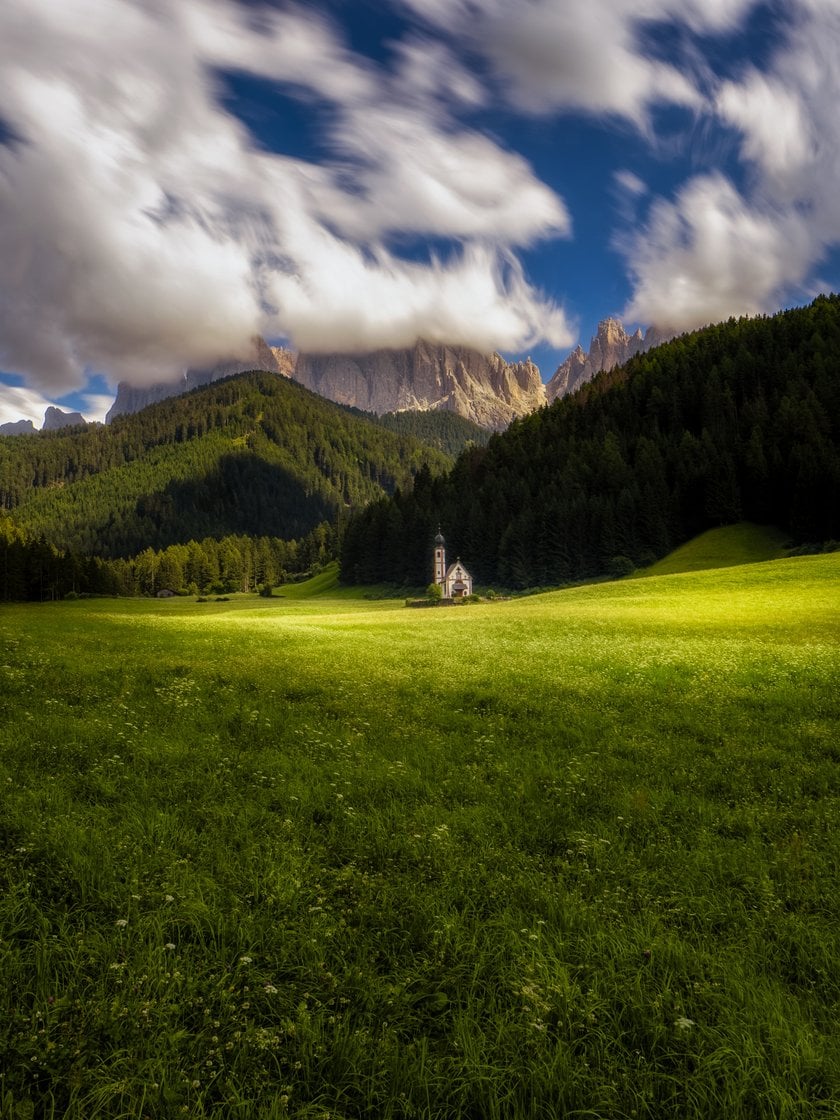
Change the Mood of Your Photos with Luminar Neo's Sky AI
Try it now!4. Remote Shutter Release
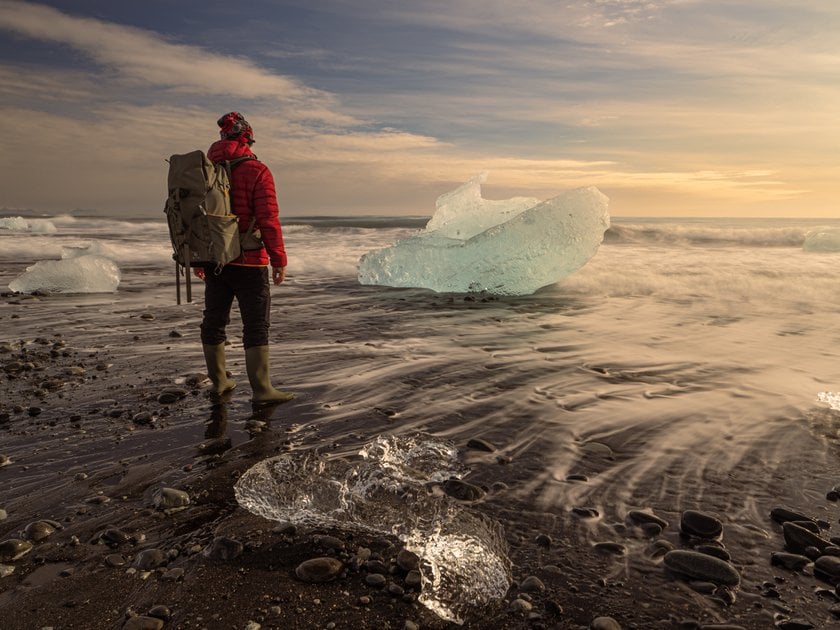 Use a remote shutter release to avoid unwanted vibrations when pressing the shutter button. This is crucial, especially in long exposures where stability is critical.
Use a remote shutter release to avoid unwanted vibrations when pressing the shutter button. This is crucial, especially in long exposures where stability is critical.
5. Framing and Composition
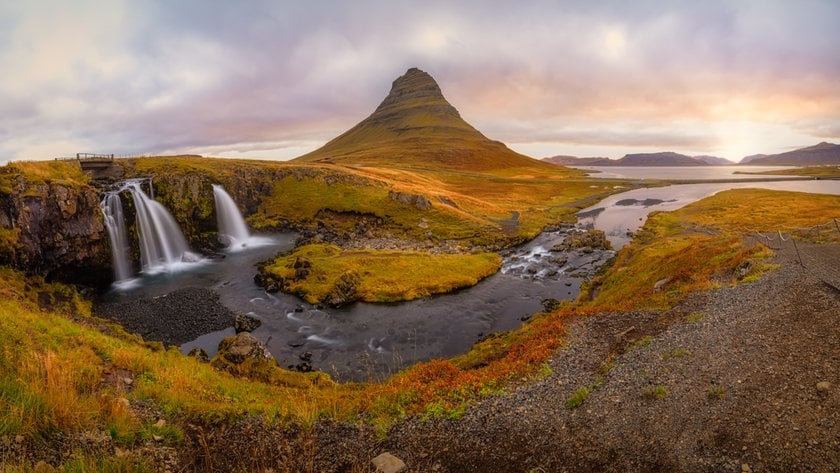 Careful planning of the framing is crucial in long exposure photography. Before pressing the shutter, analyze the scene and look for elements that add visual interest, such as rocks in a river, trees swaying in the wind, or urban buildings with dynamic lines.
Careful planning of the framing is crucial in long exposure photography. Before pressing the shutter, analyze the scene and look for elements that add visual interest, such as rocks in a river, trees swaying in the wind, or urban buildings with dynamic lines.
Your Go-To for Perfecting Crop and Perspective
Explore In Luminar Neo!6. Magic Hours
Take advantage of the golden hours of dawn or dusk for soft, warm light that will complement your compositions. These times of day not only offer ideal lighting conditions. On cloudy or stormy days, you can experiment with long exposures and achieve impressive effects.

7. Patience and Practice
Daytime long exposure photography requires patience and practice. Don't be afraid to make several attempts to perfect your skills. Learn from your mistakes and adjust settings as needed.
Also, don't forget about post-processing as an integral part of shooting. Use photo editing tools like Luminar Neo to add the desired atmosphere to your photos.
Wrap-up
Daytime long exposure photography is a discipline that rewards patience and creativity. With these tips in mind, you'll be better equipped to immerse yourself in this photographic discipline. So, armed with your camera, tripod, and inspiration, step out into the world and start capturing time in broad daylight.






